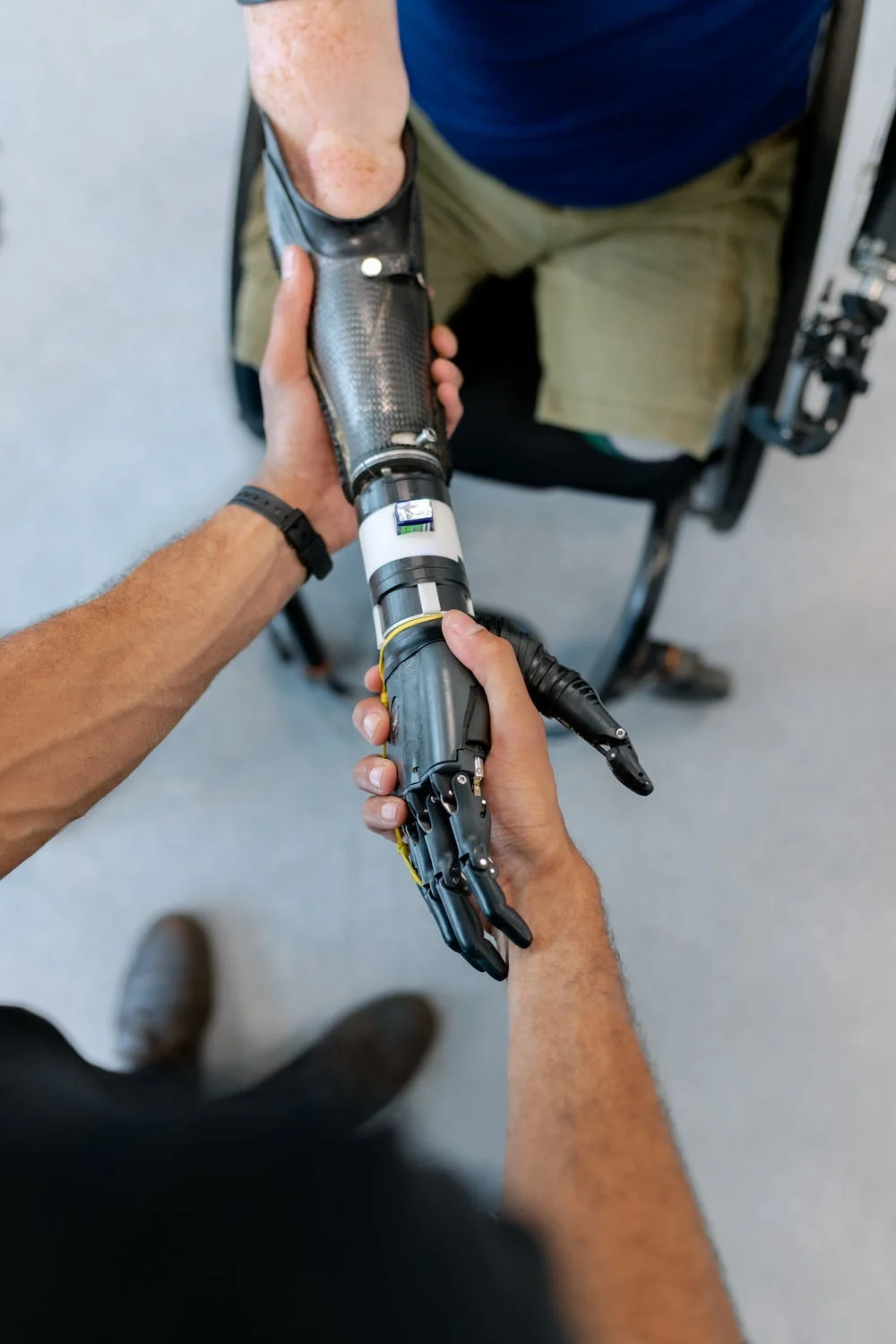To evaluate the effectiveness of two multi-component exercise programs, a longitudinal three-arm parallel-group randomized control trial was conducted. The exercises were designed for improved posture and back pain. Other benefits of this exercise program included improved posture, reduced back pain, and decreased risk of falls. This article discusses the best exercise programs to help older adults with ID. It also explains how chair-bound exercises can improve mobility and reduce back pain.
Exercise reduces mobility disability in older adults
Researchers found that seniors who engage in light activity regularly are less likely to suffer from mobility disabilities. They suggest that people spread light exercise throughout their day to increase their activity. You can also try hobbies like gardening and woodworking. The results of the study echo current United States Physical Activity Guidelines. “Move more, do more” is an excellent starting point for older adults. Exercise has a variety of positive effects on health.
This study found that older adults with mobility impairments experienced a decrease in severity due to the disability support services interventions. The most significant changes were observed in the SPPB scores of women, while those in the control group did not experience any significant Heatherton NDIS. The type and frequency of exercise that an individual should do will depend on their mobility and age. Physical activity should improve muscle strength, muscle mass, balance, and coordination. There is no perfect exercise program for seniors, but there are many factors to consider.
Chair-bound exercises improve posture
Seniors with mobility issues can benefit from chair-bound exercises to strengthen their torso. The seated jumpingjack is a great cardio work out that has minimal impact. Seniors who have difficulty walking, such as those with mobility issues, will find this exercise especially beneficial. To do the exercise, simply sit up straight while crossing one leg over the other and keeping the core tight.

To perform the chair-bound exercise, the senior needs to have a chair with a high backrest. They should start by using their own weight as resistance. They can then add weight to their band by holding a medicineball. A senior should try to do six to ten modified chair burpees, focusing on extending the knees and keeping the chest and back strong. You can also do the band pull apart exercise to improve your posture. This exercise targets the shoulder blades, rhomboids and lats.
Back pain is reduced by squatting
Squatting exercises can be done for elderly people to reduce the chance of back pain and improve balance. Squatting requires the correct form. When the feet are turned outwards, the knees are put under more stress, leading to sore backs. Squatting correctly helps to develop the muscles that support the knees and absorb joint stress. Older people with knee problems and back pain should do gentler squats.
Squatting helps strengthen the lower back and can be used in many other ways. The main objective is to engage as many of the body’s parts as possible. To reduce strain on the lower back and minimize the risk of injury, you can increase the weight and the repetitions. Squatting should be done slowly and with proper form to prevent back soreness and pain.
Water aerobics improves posture
Water aerobics is an option for seniors who are unable and unwilling to exercise on land. This low-impact exercise builds strength and improves posture by using the resistance of water. For older people, you can start with gentle exercises and then move on to more difficult exercises. Yoga and Pilates can help loosen stiff muscles and increase relaxation. Water walking, also called aqua yoga, strengthens the lower body while improving posture. These exercises are typically done in waist-deep water.
Water buoyancy provides support for weak muscles, allowing participants to exercise with greater ease and control. Water exercises also help increase the user’s proprioception, which improves balance and coordination. These exercises can also improve balance, coordination, and posture. Water aerobics reduces the chance of falls and improves sleep patterns because it can be used by all muscle groups. It is also beneficial for the immune system and the nervous system.
Mindfulness-based stress reduction reduces pain in elderly
Evidence to support the effectiveness of mindfulness-based therapies is limited, but positive effects have been shown in a small study of older people with chronic lower back pain. Participants who took part in MBSR had better physical functioning and pain acceptance. Nearly half of the group also reported a reduction in their use of pain-related medication. The researchers believe that the effects of MBSR can be applied to a variety of pain-related conditions, including fibromyalgia.
While the research has some promising results, there are still many limitations. Participants in the research group often struggled to sustain the practice on their own. Many participants found it difficult and challenging to maintain regular mindfulness practice, especially with daily demands. MBSR can also be difficult for people who have prior commitments or scheduling conflicts. It may be necessary to use the technique in your daily life.

